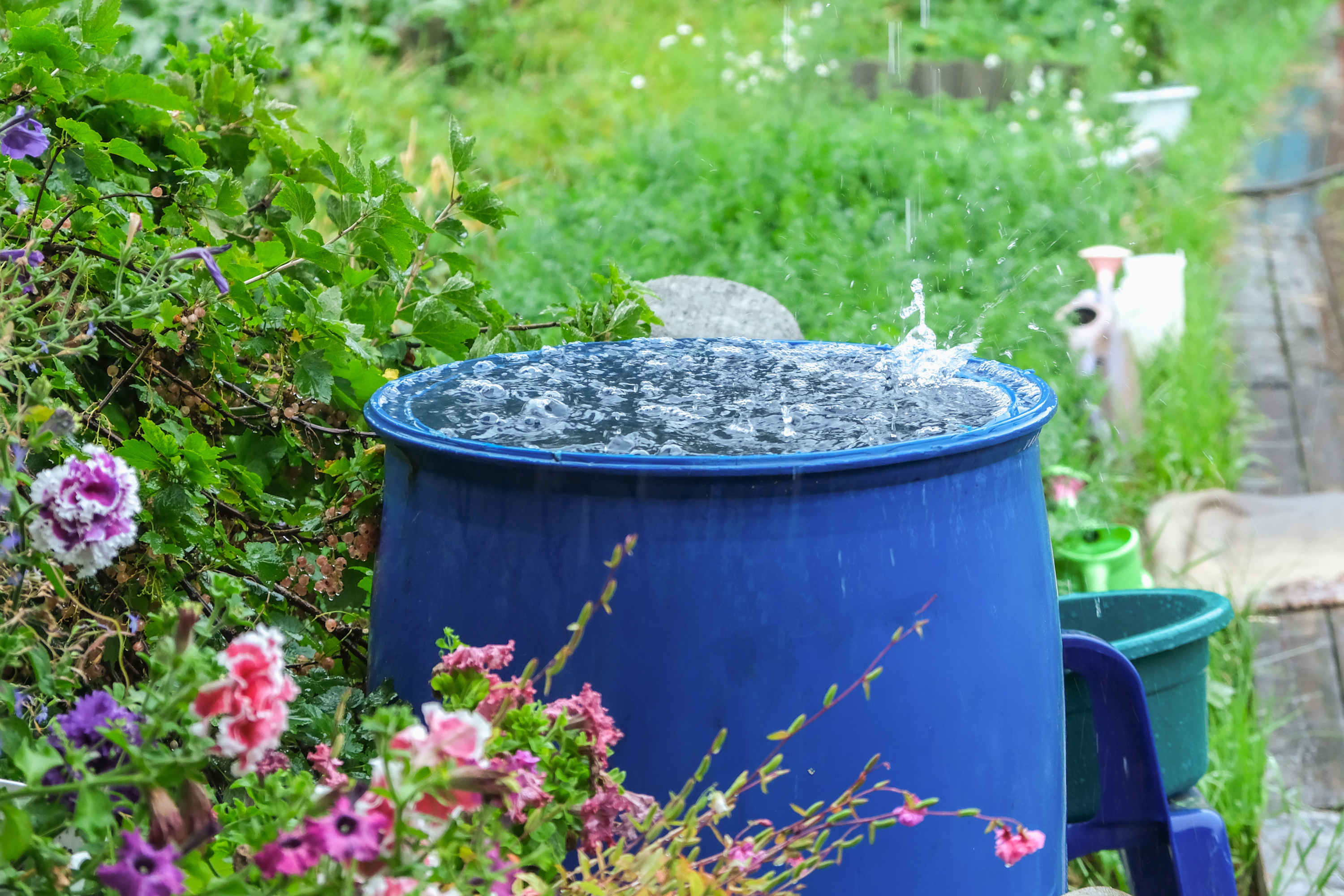
Rainwater Harvesting: Collecting Nature’s Gift to Water Your Crops
Imagine catching every drop of rain that falls on your roof or property and putting it straight to work in your garden or fields. That’s the magic of rainwater harvesting! For homesteaders and future farmers, it’s a sustainable, eco-friendly way to supplement irrigation—especially in places where water can be scarce or costly.
How It Works
Rainwater harvesting collects runoff from rooftops, paved surfaces, or even specially designed catchment areas, and stores it in tanks or ponds. This stored water can then be pumped or gravity-fed to your irrigation system when your plants need it.
Typical setups include:
-
Gutters and downspouts directing water into storage tanks
-
Rain barrels for smaller-scale collection
-
Large cisterns or ponds for bigger homesteads or farms
-
Filtration and first-flush diverters to keep your water clean
Pros
-
Free water source that reduces reliance on wells or surface water
-
Reduces runoff and erosion by capturing rain where it falls
-
Improves drought resilience by storing water for dry spells
-
Environmentally friendly and easy to scale from small gardens to larger farms
Cons
-
Dependent on rainfall—dry seasons mean less water stored
-
Storage capacity limits how much water you can collect and use
-
Initial setup costs for tanks, gutters, and pumps
-
Requires maintenance to keep gutters clean and tanks sanitary
Best For
-
Areas with moderate to heavy rainfall
-
Homesteads with rooftops or other catchment areas
-
Gardeners and farmers looking to reduce water bills and conserve resources
-
Supplementing other water sources during droughts
Equipment Needed & Water Rights
Equipment Needed:
-
Gutters and downspouts on buildings to collect rainwater
-
Storage tanks or rain barrels sized to your needs
-
First-flush diverters to remove debris and contaminants
-
Pump or gravity-fed piping to distribute water to your irrigation system
-
Filters to keep water clean, especially if used for drip irrigation
Water Rights:
Rainwater harvesting is legal in most states, but rules vary:
-
Check local laws to confirm any restrictions or permits needed
-
Some states encourage rainwater use for irrigation and have incentives
-
Avoid contamination of water supplies—proper maintenance is key
-
Record-keeping is usually not required, but good practice if using large volumes
Homesteader Tips
-
Maximize roof catchment by keeping gutters clear and directing water efficiently
-
Use opaque tanks to prevent algae growth
-
Combine rainwater with other irrigation sources for reliability
-
Monitor storage levels and plan irrigation accordingly
-
Consider frost protection for tanks in colder climates
Rainwater harvesting is a smart way to make the most of what nature provides—capturing and saving water that would otherwise go to waste. It’s a great stepping stone toward a more sustainable and self-reliant homestead.
Up next: Farm Ponds and Tanks: Storing Water for When Your Crops Need It Most
Share


